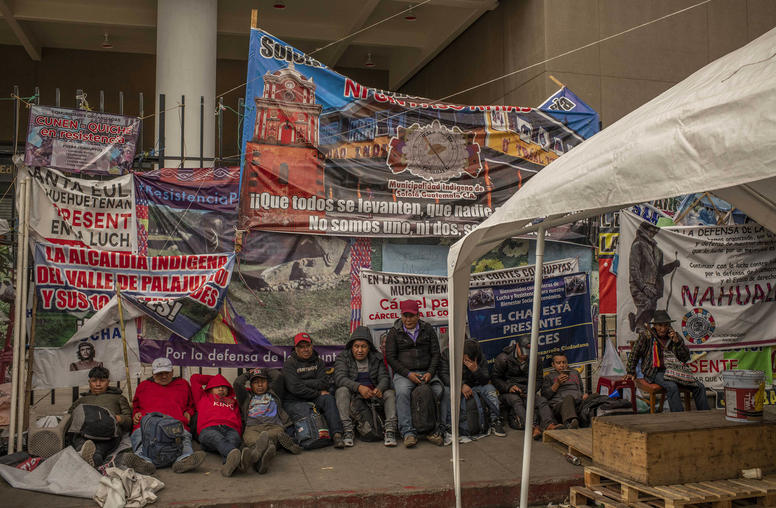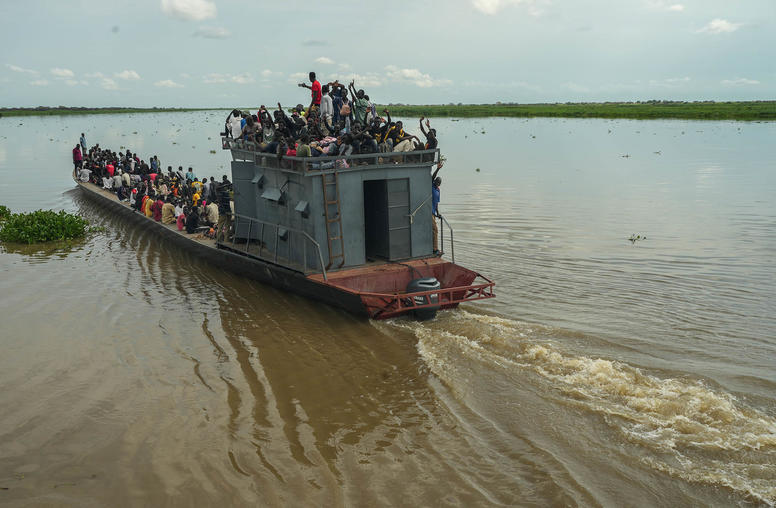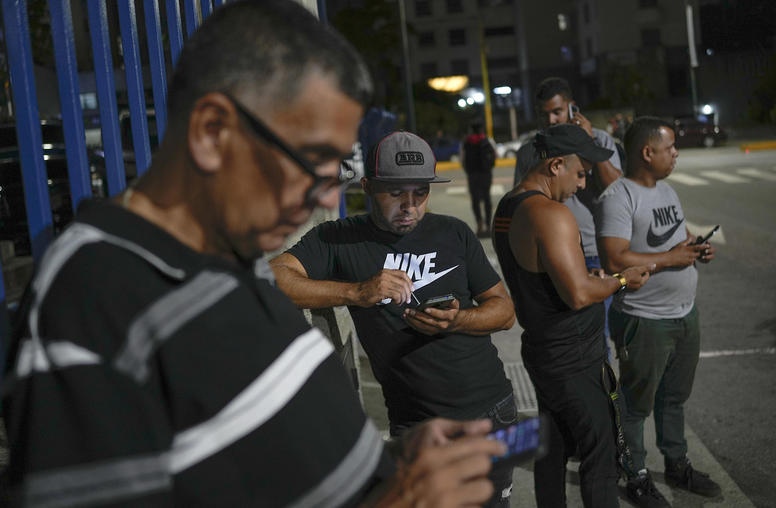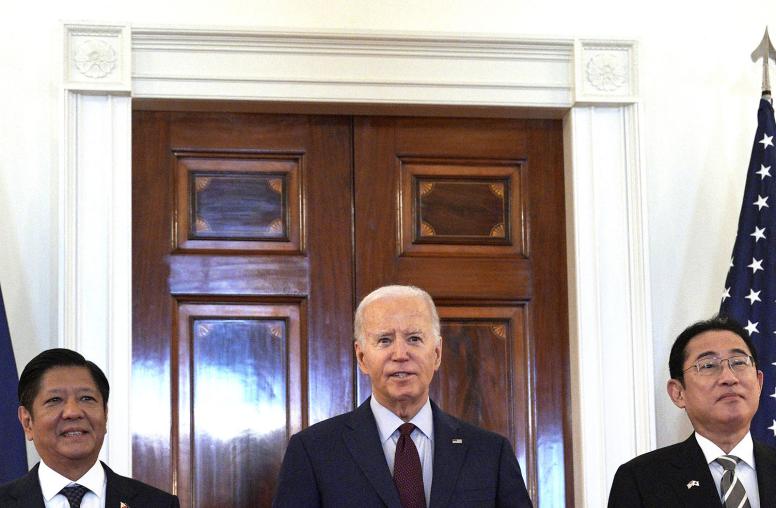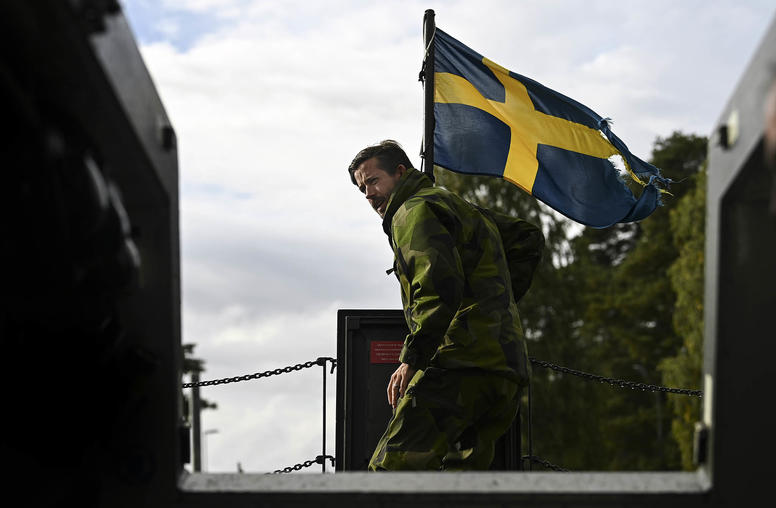Conflict Analysis: Questions and Answers with the Author
Matthew Levinger, author of Conflict Analysis: Understanding Causes, Unlocking Solutions, defines conflict analysis and discusses its significant role in the prevention of deadly conflict.
How do we define the term conflict in the context of international relations? What is conflict analysis, and how might it benefit organizations or individuals in an area vulnerable to violence or disorder?
Conflict occurs when two or more individuals or groups perceive their interests as mutually opposed and act on this perception. Conflict is an enduring feature of human existence. Although it can sometimes be constructive, it can also turn violent. This book focuses on deadly conflict, or large-scale organized violence carried out by governments or non-state actors. Resulting in the deaths of hundreds of thousands of people around the world and costing trillions of dollars, conflict has had a grim impact on the 21st century. In response, organizations around the world have focused attention on preventing and responding to deadly conflict.
Since the end of the Cold War, the nature of international conflict has become more complex. Political alignments among states are increasingly amorphous, and non-state actors such as militant movements and international criminal networks increasingly fuel conflict. At the same time, other non-state actors, such as nongovernmental organizations (NGOs) and corporations, have emphasized preventing and managing violent conflict.
Conflict analysis is a structured inquiry into the causes and potential direction of a conflict. It seeks to identify opportunities for managing or resolving disputes without recourse to violent action. It may include a variety of analytical methods, and this volume gathers together the most useful of these. The global security environment is likely to become even more complicated over the next generation, and conflict analysis is an essential skill for practitioners whose work is affected by these complex challenges.
Who performs conflict analysis, and under what kinds of circumstances? How might conflict analysis benefit organizations or individuals deployed to vulnerable areas?
It is a common misconception that conflict analysis is an arcane art practiced only by intelligence experts and strategic forecasters, or that it is time-consuming and requires specialized knowledge. Conflict analysis should be a habitual activity for all practitioners working in regions at risk of violence or instability. People naturally draw on their personal experience and cultural knowledge to analyze their environment and inform their decisions. We can build on this intuitive process when we engage in a more formal inquiry into a conflict.
A structured approach to conflict analysis is essential in order to identify and examine our assumptions about the causes and nature of the conflict. This type of investigative approach takes into account all key dimensions and provides a common vocabulary for describing the conflict dynamics. The various analytical tools discussed in this guide can help illuminate emerging trends in complex, volatile, and ambiguous environments. They can enable practitioners to better anticipate threats and opportunities and to respond to unforeseen events with greater agility and insight. Conflict analysis should also provide decision makers and program implementers with actionable insights on how to respond to evolving conditions.
The tools and case studies in this volume will be useful for practitioners whose work may be adversely affected by conflict or political instability. Representatives of governments, intergovernmental organizations, NGOs, or private sector firms can use this book as a field guide in zones of conflict. Students and other citizens will find it a useful and interesting perspective on conflict in the contemporary world.
How is the perspective on conflict analysis in this volume distinctive?
The volume has three distinctive features.
First, it integrates theoretical and practical knowledge in order to simplify concepts without losing important details. Research from other academic disciplines, case studies, and guidance for applying the results of analysis add to the utility of this volume. Each chapter includes key questions to guide the process and focus conversation.
Second, it highlights the need to analyze the causes of peace in addition to the causes of war. Peace is not a static condition defined by the absence of war but is instead a dynamic process for managing conflict without resort to violence. This requires peacebuilding strategies that identify and reinforce the elements that create positive connections within a community.
Third, the volume emphasizes that conflict analysis is a social as well as intellectual process. When used collaboratively, the analytical tools discussed in this volume can help practitioners develop a common vocabulary and a shared strategic narrative that can facilitate better coordination of efforts by diverse organizations.
What kinds of tools are included in this book? What information are they meant to produce, and how can they be used to inform decisions?
It is important to develop a flexible attitude toward conflict analysis, as there is no “one size fits all” approach. Instead, the volume offers a menu of quantitative and qualitative approaches that allow for collaboration and encourage alternative points of view. The choice of analytical methods to use in a given situation will depend on the needs and objectives of those who are conducting the analysis.
The first part of this book examines the strategic, socioeconomic, psychological, and cultural dimensions of violent conflict. It also discusses quantitative tools for conflict risk assessment and early warning, such as the Failed States Index and the Peace and Conflict Instability Ledger. Such tools can provide a valuable first cut at the data, helping identify regions at greatest risk of conflict. But quantitative approaches are generally of limited utility in identifying specific conflict drivers and potential options for conflict mitigation strategies. For this reason, the bulk of the guide focuses on qualitative analytical tools such as conflict assessment frameworks, narrative analysis, systems mapping, scenario-based planning, and situation analysis. These analytical approaches can help provide more nuanced insights into the dynamics of a given conflict.
